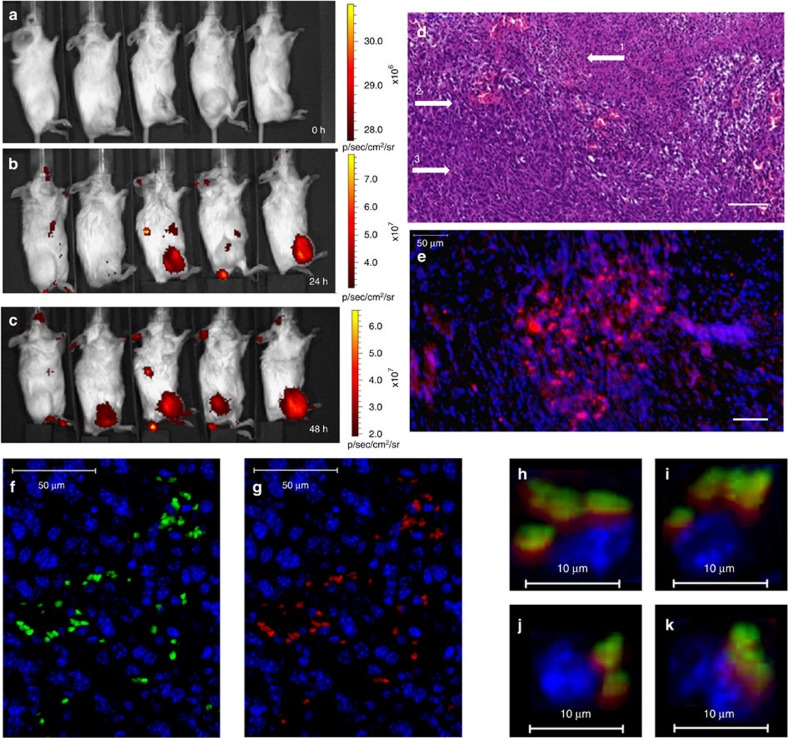Figure 3. Barcoded nanoparticles accumulate in triple-negative breast cancer tumour cells.
Barcoded nanoparticles, containing the diagnostic imaging agent indocyanine green (ICG), were injected intravenously to BALB/c mice bearing a tumour in their hind leg. The animals were imaged over 48 h: before the injection (a), 24 h (b) and 48 h after the injection (c). The fluorescent ICG intensity is presented by the red–yellow scale bar on the right side of each sub-figure. The left mouse on each figure is a healthy control and all the animals to the right are tumour-bearing mice; all animals were injected with 150 μl of barcoded ICG nanoparticles. After 48 h, the tumour was resected and examined histologically. The tumour tissue was stained with haematoxylin and eosin stain (H&E) (d). The tumour is closely packed where three major parts can be observed: necrotic tissue (1), multiple blood vessels that contribute to the EPR effect (2) and cancerous cells (3). To detect the liposomal accumulation in the tumour tissue, an overlay fluorescent image is presented (e); the cell nuclei were stained with DAPI (blue) and the particles with rhodamine (red). To detect the barcoded nanoparticles in single cells within the tumour, the barcode was labelled with fluorescein (f, green) and the particle membrane was labelled with rhodamine (g, red). Co-localization of the barcodes and the particles can be seen inside single cells (h–k). The scale bar in the histology images represents 100 μm, in the fluorescent images 50 μm (e–g) and in the fluorescent single cells 10 μm (h–k).

